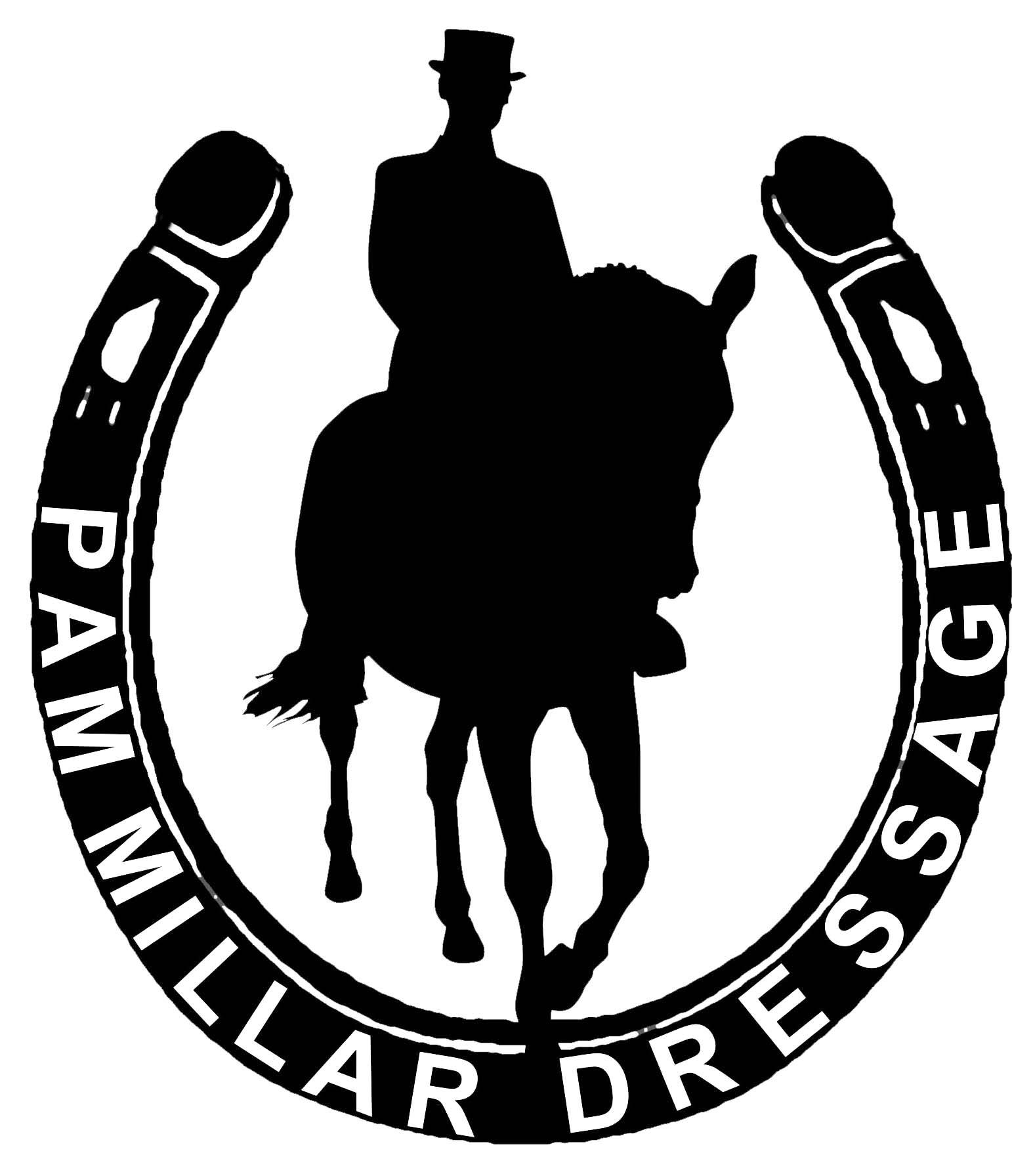
Dressage Trainer
Classical, sympathetic, personalised training
for you and your horse
Mobile: 07740 116 336
Home: 01651 872613
 |
Pam Millar
Dressage Trainer
|
Classical, sympathetic, personalised training for you and your horse
|
Contact:
Mobile: 07740 116 336 Home: 01651 872613 |
A British Dressage Accredited Trainer
Warming Up (click on "training tips" above for more)
(as printed in the Herald )
REGARDLESS of discipline, whether riding on the flat or jumping, it is vital to begin every exercise session with a good warm up routine that enables your horse to stretch his muscles and allows him to use himself more efficiently, and this, in turn, helps reduce the chance of injury or soreness. Ideally, your warm up should last between ten and twenty minutes, depending on the time available, and the individual needs of your horse.
No two horses are the same. For example, one horse might need 30 minutes of preparation, another might settle into work better after a canter during warm up, while yet another might need more mental preparation – work to get him listening to the aids. Older or stiff horses typically need longer than younger ones, so adapt the warm up to his specific needs.
The old saying, ‘walk the first mile’ is equally relevant to hacking as it is to working in the school. Start with a loose walk, marching forward into a light contact in a stretching outline so that his ears are below the level of the withers. This enables him to stretch the muscles of his back, along his neck and topline. Gradually, while keeping the same, easy, though purposeful rhythm, introduce a change in stride, for example, use the short end of the school to shorten the stride, and then lengthen again on the long sides – do it on a straight line if you’re on a hack. Using the same outline, come down the ¾ line and leg yield back out to the track. Now ride some large circles to encourage your horse to bend. He should be responsive to your leg and move with a round, swinging back. Moving on to a ground covering, working trot, stay in the same outline and repeat the exercises - and if you wish, and if your horse is going calmly, you might want to include a canter. Even in the warm-up, while you have a light contact, you should maintain an even feel with his mouth. Picking up the contact, use transitions – walk to trot, trot to walk, and transitions within the pace to set him up for his work proper, and ride some smaller circles. Remember to make frequent changes of rein so that he works all his muscles evenly.
Follow
a similar process at the end of each session with a warm-down, stretching down
first in trot, and then in walk. It is a good sign if your horse stretches his
neck down and out when relaxing - it indicates that he has been working
correctly through his back. Correct warm up prior to exercise, and correct warm
down afterwards affect the horse mentally as well as physically, so it is
important to always finish on a good note - something you can praise him for, so
he goes back to his stable feeling happy and relaxed.